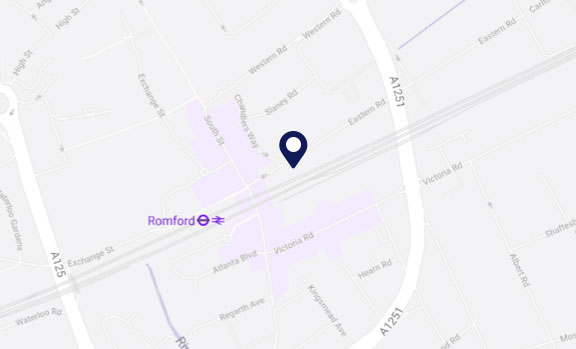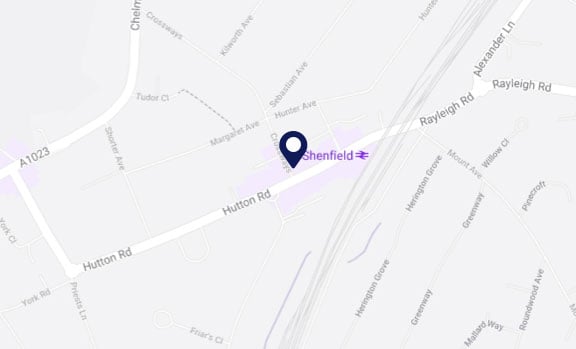Dispute Resolution
Adverse possession and long-term use of Land
Whether it’s a hedge, a fence or a garden path at the centre of a dispute, court proceedings in boundary disputes can quickly escalate.
Not only are boundary disputes complex to resolve, but they usually sour neighbourly relations and lead to significant costs. The courts have emphasised that when it comes to defending your property, staying calm and knowing when to step back could be the best approach.
Two recent cases which went all the way to the highest courts have highlighted the challenges around long-term use of land when it leads to a dispute over rightful ownership.
In the latest decision, the Supreme Court clarified how the law should apply when the legal boundary has shifted from its original position. The case concerned a modest strip of land, just 1.4 metres at its widest point, yet the legal battle was fought across three different courts before final resolution.
A previous owner had put up a fence and planted a hedge along what he understood to be the boundary between the two properties. This included a small strip of land belonging to next door, but the error was left unchallenged until almost two decades later, by which time the subsequent owner had built an extension with a footprint that included the small patch of ground.
In situations where someone occupies land without permission, they may be able to claim adverse possession and apply to the Land Registry to be registered as the legal owner. Under the Land Registration Act 2002, this is possible after ten years of possession, where the occupier reasonably believes they own the land.
The central issue in this case was whether that ten-year period of belief had to be the ten years immediately before the application – or whether it could be any ten-year period during the time the land was possessed. The Supreme Court confirmed that it did not need to be the most recent ten years, opening the door for more successful claims where the belief in ownership changed over time.
In another long-running case, court costs hit £300,000 by the time the case was heard in the Court of Appeal. Again, the case involved a narrow strip of land – this time a small stream which ran between the properties, and which was fenced in by a new homeowner after they moved in.
Long-standing neighbours argued they were entitled to register the stream as their own because they had used it without challenge for a significant period before the new homeowner arrived and while the lower courts ruled against them, they were successful on appeal. The Court of Appeal’s decision found that even though the land had not been formally claimed, squatters’ rights had been established long before the property title was first registered in 2003 after the Land Registration Act 2002 came into force.
Mullis & Peake LLP Solicitors is not responsible for any external websites or links.
















Janeet Jawanda, Solicitor in our Dispute Resolution team, said:
“These cases proved a costly reminder that property deeds are not always conclusive proof of the extent of ownership, because long term possession may affect those rights. When disputes arise, it’s vital to seek early legal advice and to consider alternative dispute resolution methods, such as mediation. It’s often quicker, cheaper and less damaging than going through the court process. A thorough review of property deeds, title plans and boundaries when buying a property can reduce the risk of dispute later. For those with shared access or unclear boundary features, a formal agreement or updated Land Registry plan should be considered”